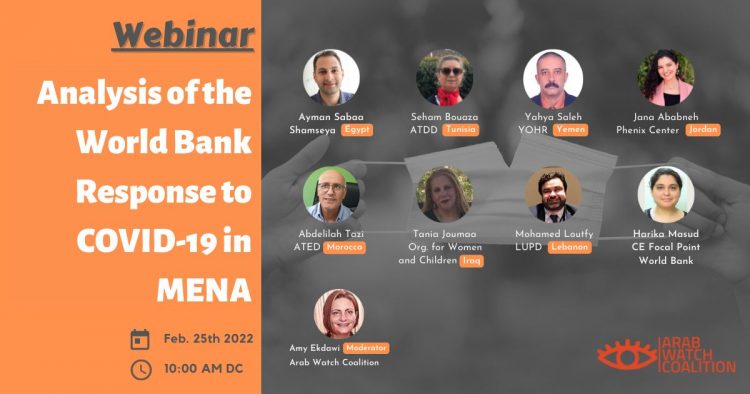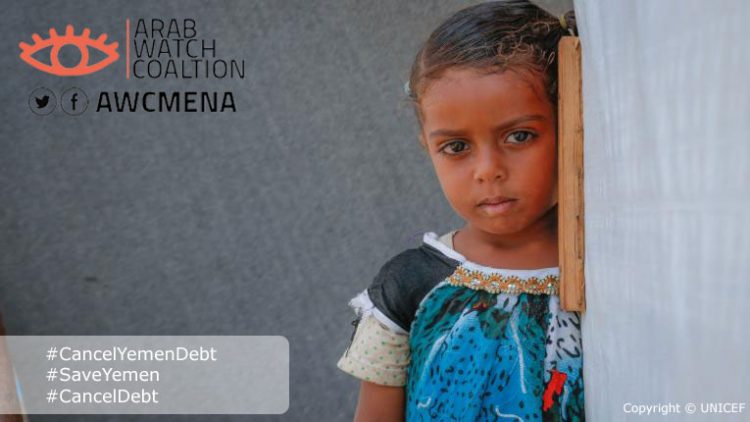YEMEN
War Without Relief: Yemen’s Humanitarian and Civic Struggles
Yemen is the poorest country in the Arab world and one of the poorest countries in the world. It has been torn apart by a bloody civil war since 2014, leading to deep divisions in the country and society at all political, economic, and social levels on sectarian and separatist grounds. Yemen now has two executive, legislative, and judicial branches, and other militia-controlled power areas spread throughout the country. These divisions and armed conflicts have caused a comprehensive collapse at all humanitarian, social, and economic levels, as Yemen faces one of the worst humanitarian crises in the world. According to the latest statistics from the UNDP (United Nations Development Program), more than 80% of Yemenis live below the poverty line, and the unemployment rate is around 80%. With the continuation of the war and conflict, public services, especially health services, have deteriorated, leading to the spread of epidemics. External transfers have also declined, and the role of the private sector has shrunk.
The situation of armed conflict and civil war has had a severe impact on the state of rights and freedoms, and the increasing security clampdown on civil society and its activities and its ability to obtain the necessary funding to carry out its activities, especially in areas under the control of the de facto authority (Houthis) and to a lesser extent in areas of the so-called legitimate government. Internal events, relief, and service work consume the efforts of Yemeni civil society.
AWC has five members in Yemen and also works with non-member organizations.
AWC monitors the policies and activities of the following International Financial Institutions (IFIs) in Yemen:
International Monetary Fund (IMF)
Yemen became a member of the IMF as the People’s Democratic Republic of Yemen in 1969. The Yemeni government received its first loan from the IMF in 1996. Since then, and as of August 2025, Yemen has obtained seven loans from the IMF.
The IMF periodically assesses the Yemeni economy through a process known as Article IV Consultation, named after Article IV of the IMF’s Articles of Agreement, which outlines the IMF’s surveillance role. The last Article IV was conducted in 2014, before the war. However, the IMF still provides technical assistance to the internationally recognized Yemeni government, to strengthen its institutional capacity and improve economic governance. Meetings between the Yemeni officials and the IMF staff are held regularly in Jordan.
World Bank Group (WBG)
Yemen joined the World Bank Group in 1969. The latest Country Engagement Note (the strategy that sets the framework for the World Bank Group’s engagement in a country for a certain period) covers 2022-2023. It is not clear if this Note was extended or if a new note was developed after 2023.
Yemen is the only classified low-income country in the Arab region, and as such, its public sector receives loans or credits from the World Bank, unlike the middle-income countries, which receive regular loans.
Over the years, and as of August 2025, the bank has invested in 244 projects in Yemen’s public sector, nineteen of which are still active, in addition to two projects in the pipeline All of the projects, since the conflict started in 2015, are in the humanitarian and service provision sectors and are implemented through partnerships with various United Nations Organizations. As of August 2025, the International Finance Corporation (IFC), the private sector arm of the World Bank Group, invested in four projects in Yemen, one of which are still active.





